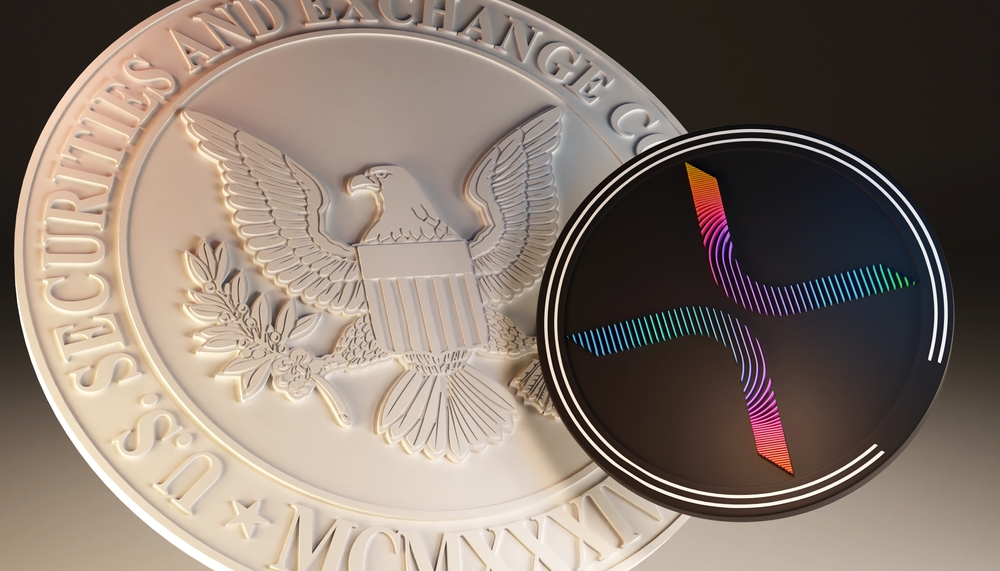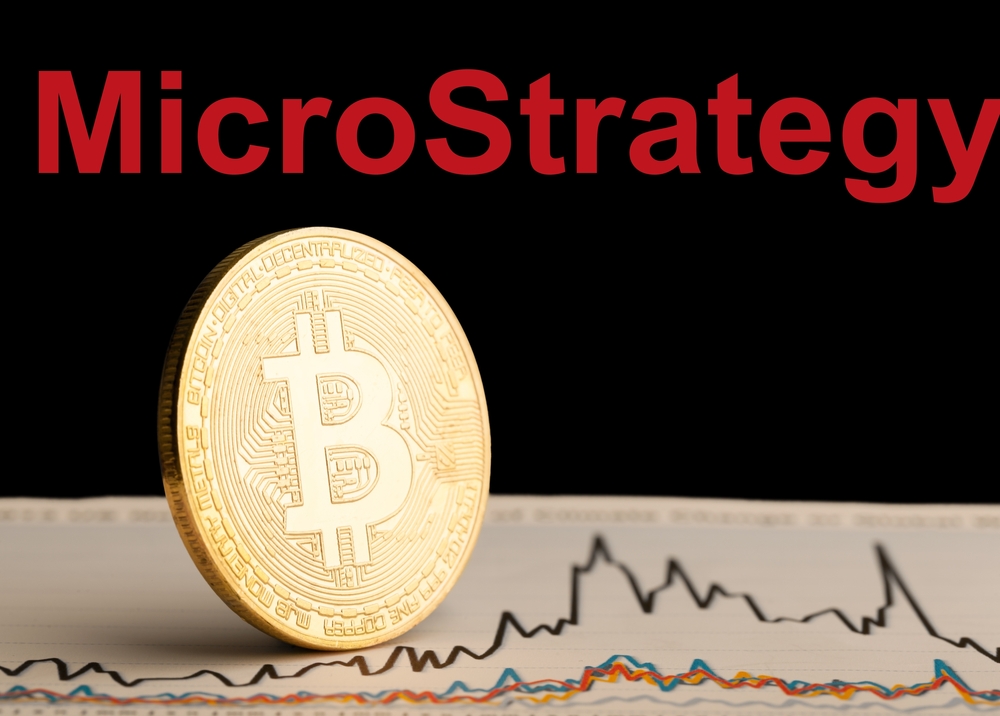Table of Contents
ToggleIntroduction
JPM Coin is a digital currency developed by JPMorgan Chase, one of the largest financial institutions in the world. This digital currency is designed to facilitate instantaneous payment transfers and simplify certain financial transactions. The JPM Coin operates on a blockchain platform, which allows for greater security, transparency, and efficiency in the processing of these transactions.
The primary purpose of the JPM Coin is to enable real-time settlements between institutional clients, making it a valuable tool for large corporations and financial institutions that deal with substantial transaction volumes. Although it’s still in an experimental stage, the introduction of JPM Coin demonstrates the growing interest in and the potential for blockchain-based stablecoins within the traditional financial sector.
Key Takeaways
- JPM Coin is a digital currency aimed at streamlining payment transfers and financial transactions.
- The utilization of blockchain technology provides improved security and efficiency for JPM Coin.
- Primarily intended for institutional clients, JPM Coin indicates growth potential for stablecoins within traditional finance.
Understanding the JPM Coin
The JPM Coin is a digital token created by JPMorgan, one of the largest financial institutions in the United States. It is designed to facilitate instantaneous payment transfers and to serve as a digital deposit token, enabling faster and more efficient transactions within the financial ecosystem.
Unlike cryptocurrencies like Bitcoin or Ethereum, the JPM Coin is a stablecoin, meaning its value is pegged to a stable asset, in this case, U.S. dollars. Each JPM Coin is backed by an equivalent amount of U.S. dollars held in designated accounts at JPMorgan Chase. The stable nature of the JPM Coin makes it a less volatile and more reliable means of conducting transactions compared to traditional cryptocurrencies.
A key feature of the JPM Coin is its ability to improve the overall efficiency of payment transfers between institutional clients. By using the JPM Coin, clients can quickly settle transactions, which in turn reduces the need for intermediaries and decreases the wait time associated with traditional wire transfers. This enhancement in speed and security can be particularly beneficial for large-scale transactions and real-time payment settlements in global markets.
It is important to note that the JPM Coin is not intended for retail use, meaning it is not accessible to the general public. Instead, it serves as an exclusive tool for JPMorgan’s institutional clients, who can utilize the digital tokens for various purposes such as settling securities transactions, international payments, or simply as a more efficient way to move money within their JPMorgan accounts.
In conclusion, the JPM Coin is an innovative digital token created by JPMorgan that aims to revolutionize the financial industry by offering a faster and more secure way to conduct transactions. With its stable, U.S. dollar-backed value and focus on institutional clients, the JPM Coin sets itself apart from traditional cryptocurrencies and holds the potential to transform the way businesses interact with the global financial system.
The Role of Blockchain in JPM Coin
JPM Coin, developed by JPMorgan Chase, a financial powerhouse, harnesses blockchain technology to enable efficient money transfers and settlements in the banking sector. By utilizing a blockchain network, JPM Coin aims to optimize and modernize key financial processes.
One primary aspect of JPM Coin’s design is using a private blockchain network. Unlike public blockchains, where anyone can join and participate, private blockchains maintain a controlled ecosystem. This minimizes exposure to unauthorized parties and maintains confidentiality, critical in the financial industry where sensitive information is exchanged routinely.
JPM Coin’s underlying technology is based on distributed ledger technology (DLT), which provides a secure, transparent, and efficient platform for recording and managing digital assets. DLT allows multiple participants within the network to approve, track, and record transactions, enhancing security and trustworthiness. Additionally, DLT significantly reduces the need for middlemen, such as clearinghouses, to verify and settle transactions, leading to improved operational efficiency and lower costs.
The implementation of Onyx digital assets with JPM Coin aligns with the vision of streamlining banking transactions using blockchain technology. Onyx, also developed by JPMorgan, focuses on enhancing payment infrastructure through digitization, promising faster, cheaper, and more secure money transfers. This strategic collaboration with JPM Coin demonstrates the commitment to propelling the financial sector forward using transformative technologies such as blockchain.
In summary, the role of blockchain in JPM Coin is multifaceted. It provides a secure, transparent, and efficient foundation to support digital transactions in the banking industry. Leveraging the strengths of a private blockchain network, distributed ledger technology, and the integration with Onyx digital assets, JPM Coin aspires to revolutionize financial processes and pave the way for a more streamlined, cost-effective, and modern banking system.
Applications of JPM Coin
JPM Coin is a digital currency designed to facilitate instantaneous transaction settlements and streamline payment processes for its clients. Its primary applications lie in the field of banking and finance, where this innovative solution can bring significant improvements to various financial operations.
One of the key applications of JPM Coin is in the area of transactions and payments. It can be used to settle transactions and make payments in real time, which is a significant improvement over the traditional, time-consuming clearance and settlement processes. By using blockchain technology, JPM Coin ensures secure, transparent, and fast transactions, which help reduce the risks associated with delays and errors in the financial system.
Another vital application for JPM Coin is in the field of cross-border payments. The existing cross-border payment methods are often associated with high costs, slow transfer times, and complex processes. By leveraging the robust nature of blockchain technology, JPM Coin can simplify and speed up the cross-border payment process, allowing clients to make seamless transfers with lower fees compared to traditional methods.
Delivery versus payment (DVP) is another area where JPM Coin can be utilized effectively. DVP is a securities industry procedure to ensure the simultaneous transfer of securities and cash when a trade occurs. With JPM Coin, the settlement of securities transactions can take place almost instantaneously, minimizing counterparty risks and providing a more efficient alternative to traditional DVP systems.
Accessibility also plays a crucial role in JPM Coin’s applications. As it is designed for use exclusively by institutional clients of J.P. Morgan, this digital currency can enhance the financial services offered to its users. By integrating JPM Coin into their banking operations, clients can enjoy the benefits of improved liquidity management and more streamlined payment processes.
In summary, JPM Coin has the potential to revolutionize various aspects of banking and finance, including transactions, payments, settlement, cross-border payments, and delivery versus payment. By adopting this digital currency, clients of J.P. Morgan can expect increased efficiency and security in their financial operations.
The Future of JPM Coin
JPM Coin, introduced by JPMorgan Chase, is a stablecoin that has the potential to reshape the financial landscape. As a digital currency pegged to the US dollar, it offers stability and security in a rapidly evolving fintech environment. JPMorgan’s Head of Wholesale Payments, Takis Georgakopoulos, sees significant growth for the JPM Coin in the coming years, with the firm constantly exploring new avenues for expansion and adoption.
One of the key areas JPMorgan is looking into is the tokenization of assets. Tokenization refers to the process of converting real-world assets into digital tokens that can be easily traded and managed through blockchain technology. This innovation has the potential to unlock trillions of dollars in value, with some estimates suggesting that the tokenization market could eventually be worth over $10 trillion.
As part of JPMorgan’s efforts to capitalize on this growing market, the bank recently launched Onyx – a new business unit dedicated to digital assets and payment solutions. Onyx aims to develop cutting-edge digital solutions that streamline processes, reduce costs, and enhance the overall efficiency of financial transactions. The introduction of JPM Coin was an early step in this direction, offering clients a stable and secure means of transferring value across borders and settling transactions quickly.
Another factor driving the growth of JPM Coin is the increasing interest from fintech companies. As these firms continue to develop innovative financial products and services, the demand for stablecoins and digital currencies, particularly those backed by reputed financial institutions, is expected to rise. Working closely with fintechs, JPMorgan could expand the acceptance of JPM Coin and integrate it into various digital ecosystems.
In conclusion, the future of JPM Coin appears promising as JPMorgan continues to explore new avenues for its expansion and adoption. Through tokenization, partnerships with fintech companies, and the development of advanced digital solutions, the value of this stablecoin is poised to grow in the coming years, solidifying its position as an integral part of the evolving financial landscape.
JPM Coin and Institutional Clients
JPM Coin, a blockchain-based digital stablecoin launched by JP Morgan, has positioned itself as a significant innovation in the banking and financial industry. Specifically targeting institutional clients, JPM Coin is designed to provide a secure, efficient, and convenient method of conducting transactions and managing assets for its users. This focus sets JPM Coin apart from cryptocurrencies like Bitcoin, which cater more to the mainstream market.
The launch of the JPM Coin aligns with JP Morgan’s reputation as a large bank and a global leader in the financial sector. With its extensive list of clients – including corporate clients, wholesale clients, and investors – JP Morgan is well-positioned to develop and introduce a digital currency catering specifically to these high-end market segments. This approach ensures that JPM Coin suits its users’ needs, providing them with a reliable and trusted means of managing their financial assets.
A key advantage of utilizing JPM Coin is the increased efficiency it offers to JP Morgan’s clients during financial transactions. The global head of payments at JP Morgan has overseen the introduction of this digital currency, which allows for simultaneous transmission of transactions among financial institutions. This innovation not only streamlines the process of transferring funds but also reduces the time and cost associated with traditional banking channels.
In conclusion, JPM Coin’s focus on institutional clients highlights JP Morgan’s commitment to providing its users with effective financial management tools. By leveraging blockchain technology, this digital stablecoin offers a secure, efficient, and convenient solution for managing assets and conducting transactions, further solidifying JP Morgan’s position as a market leader in the financial industry.
Frequently Asked Questions
Is JPM Coin a type of cryptocurrency?
Yes, JPM Coin is a type of cryptocurrency. It is a digital stablecoin launched by J.P. Morgan to facilitate the instantaneous transfer of payments and to enhance the efficiency of its operational infrastructure. JPM Coin is backed by the US dollar, providing stability in its value source.
How does JPM Coin differ from XRP?
While both JPM Coin and XRP aim to facilitate cross-border transactions and improve the efficiency of the financial industry, they have some significant differences. JPM Coin is a stablecoin backed by the US dollar and mainly caters to institutional clients of J.P. Morgan. On the other hand, XRP, developed by Ripple Labs, is a digital asset with a more volatile value and is designed for a broader range of applications and user sources.
What is the relationship between JPM Coin and Ethereum?
JPM Coin and Ethereum are not directly related. However, both JPM Coin and Ethereum are built on blockchain technology. JPM Coin uses its proprietary blockchain called Quorum, a permission and private version of Ethereum. This allows J.P. Morgan to leverage the benefits of Ethereum’s smart contracts and decentralized applications while maintaining control over their network source.
When did JPM Coin launch?
JPM Coin was first announced in February 2019 and has since been deployed for institutional clients and testing in various use cases. The exact launch date may vary depending on the specific implementation and client requirements. It is expected to be extended to a range of fiat currencies in the future source.
How can one purchase J.P. Morgan Onyx?
J.P. Morgan Onyx is the bank’s comprehensive suite of advanced digital tools, services, and solutions. It includes JPM Coin as one of its components. However, JPM Coin is not available to individual users or retail investors. It is exclusively available to J.P. Morgan’s institutional clients, who can access the platform on an invitation-only basis source.
What is the value of a single JPM Coin?
A single JPM Coin is pegged to the US dollar, with a 1:1 exchange ratio. This means that one JPM Coin is worth exactly one US dollar. The coin’s value remains stable due to its backing by the US dollar, making it a useful tool for streamlining payments and improving the efficiency of financial transactions source.

















